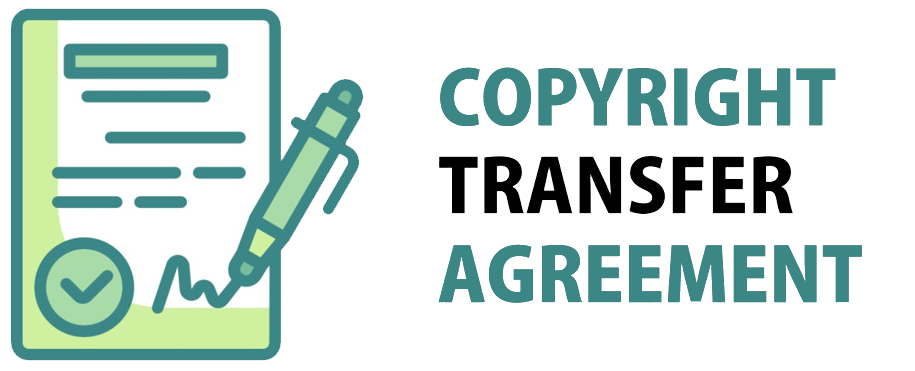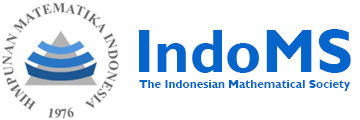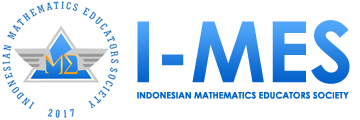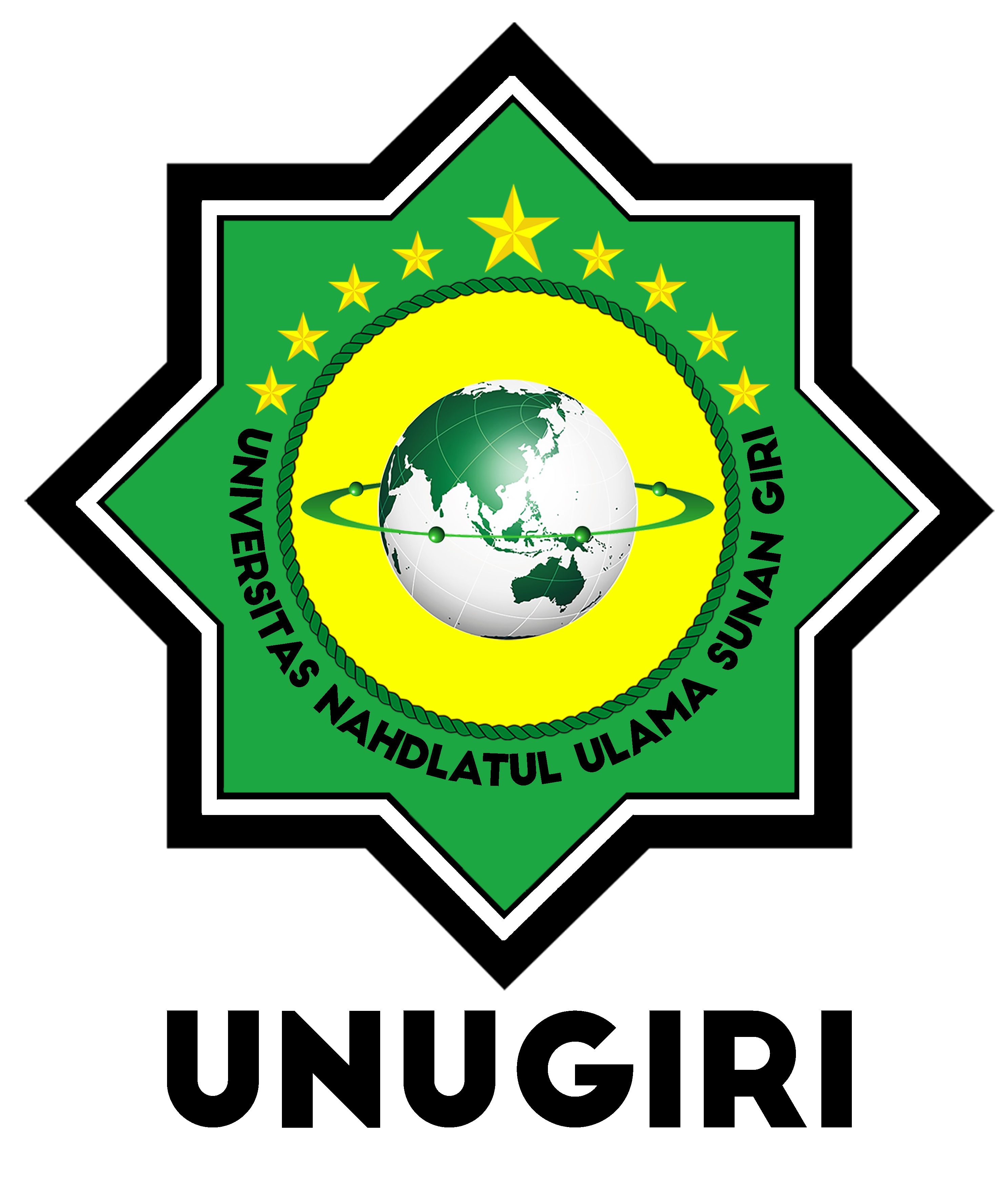Pengembangan Media Manipulatif Papan Abce Pada Materi Luas Permukaan Bangun Ruang Sisi Datar
 PDF Download: 168
PDF Download: 168
DOI:
https://doi.org/10.32665/james.v8i1.4408Keywords:
Bangun Ruang Sisi Datar, Papan “ABCe”, Pengembangan media pembelajaranAbstract
Junior high school students often struggle to understand mathematical concepts. Observations of classroom learning indicate that many students find it difficult to grasp mathematical ideas when there is no tangible representation of those concepts. One such challenge lies in understanding the surface area of three-dimensional geometric shapes with flat faces. Students’ academic performance is also influenced by their interest in the learning process and the tools used. This study aims to develop a manipulative learning media called the "ABCe Board," designed to assist students in discovering the concept of surface area in solid shapes with flat faces. The development of this media followed the ADDIE model. Data collection and analysis techniques were conducted on a limited scale. The research subjects consisted of 18 students from SMP Ar-Rohmah Putri, focusing on the topic of surface area of solid figures. Validity analysis by experts indicated that the media met the criteria for validity, with an average score of 3.4. Meanwhile, practicality analysis based on student responses showed that the media was considered practical, with an average score of 3.39. The media is recommended for use in mathematics instruction to help students understand the concept of surface area more concretely.
References
Al Januszewski, M. M. (2007). Educational Technology A Definition with Commentary (M. M. Al Januszewski & M. Molenda, Eds.; 2nd Edition). Routledge.
Anugrah, A., & Pujiastuti, H. (2020). Analisis kesalahan siswa dalam menyelesaikan soal HOTS bangun ruang sisi lengkung. Jurnal Pendidikan Matematika, 11(2), 213. https://doi.org/10.36709/jpm.v11i2.11897
Ayu, S., Ardianti, S. D., & Wanabuliandari, S. (2021). Analisis faktor penyebab kesulitan belajar matematika. AKSIOMA: Jurnal Program Studi Pendidikan Matematika, 10(3), 1611. https://doi.org/10.24127/ajpm.v10i3.3824
Cahyadi, R. A. H. (2019). Pengembangan bahan ajar berbasis addie model. Halaqa: Islamic Education Journal, 3(1), 35–42. https://doi.org/10.21070/halaqa.v3i1.2124
Damayanti, P. A., & Qohar, Abd. (2019). Pengembangan media pembelajaran matematika interaktif berbasis powerpoint pada materi kerucut. Kreano, Jurnal Matematika Kreatif-Inovatif, 10(2), 119–124. https://doi.org/10.15294/kreano.v10i2.16814
Fahmi, J. N. (2023). Pembelajaran matematika menggunakan media jaring-jaring timbul pada siswa kelas V SD Negeri Janten. Ideguru: Jurnal Karya Ilmiah Guru, 9(1), 46–52. https://doi.org/10.51169/ideguru.v9i1.636
Hasibuan, E. K. (2018). Analisis kesulitan belajar matematika siswa pada pokok bahasan bangun ruang sisi datar di smp negeri 12 bandung. AXIOM: Jurnal Pendidikan Dan Matematika 7.1
Ikayunitasari, D., Sahrudin, A., Kartasasmita, B. G., & Prakoso, T. B. (2019). Pengembangan bahan ajar matematika dengan memanfaatkan program. Journal Of Mathematics Learning, 2(2), 1–11.
Irawan, A., Arif, M., & Hakim, R. (2021). Kepraktisan media pembelajaran komik matematika pada materi himpunan kelas VII smp/mts. PYTHAGORAS: Jurnal Program Studi Pendidikan Matematika, 10(1): 91-100
Khabibah, S. (2006). "Pengembangan model pembelajaran matematika dengan soal terbuka untuk meningkatkan kreativitas siswa sekolah dasar." Disertasi, Tidak di Publikasikan. Surabaya: Program Pasca Sarjana Universitas Negeri Surabaya.
Komalasari, A., & Darmasih, D. (2019). Peningkatan hasil belajar matematika melalui strategi pembelajaran kreatif-produktif pada materi operasi aljabar. JTAM | Jurnal Teori Dan Aplikasi Matematika, 3(1), 46. https://doi.org/10.31764/jtam.v3i1.757
Malago, J. D. (2017). Prosiding Seminar Nasional Tellu Cappa : Kontribusi Untuk Pendidikan, Genetika Emas Indonesia. Seminar Nasional Tellu Cappa.
Pereira, J., Wijaya, T. T., Zhou, Y., & Purnama, A. (2021). Learning points, lines, and plane geometry with Hawgent dynamic mathematics software. Journal of Physics: Conference Series, 1882(1). https://doi.org/10.1088/1742-6596/1882/1/012057
Prabowo, A., Anggoro, R. P., Adiyanto, R., & Rahmawati, U. (2018). Interactive multimedia-based teaching material for trigonometry. Journal of Physics: Conference Series, 1097(1). https://doi.org/10.1088/1742-6596/1097/1/012138
Rahmatina Rahim, F., Stevani Suherman, D (2019). Analisis kompetensi guru dalam mempersiapkan media pembelajaran berbasis teknologi informasi era revolusi industri 4.0. JEP (Jurnal Eksakta Pendidikan, 3.2. : 133-141. https://doi.org/10.24036/jep/vol3-iss1/367
Rahmi, F., Sampoerno, P. D., & Ambarwati, L. (2020). Probability learning trajectory: Students’ emerging relational understanding of probability through ratio. Journal of Physics: Conference Series, 1470(1). https://doi.org/10.1088/1742-6596/1470/1/012067
Rasyid Karo-Karo. (2018). Manfaat media dalam pembelajaran. AXIOM, VII(1), 91–96.
Riastuti, N., Mardiyana, M., & Pramudya, I. (2017). Students’ errors in geometry viewed from spatial intelligence. Journal of Physics: Conference Series, 895(1). https://doi.org/10.1088/1742-6596/895/1/012029
Suwito, R. W., Sa’dijah, C., & Qohar, Abd. (2023). Implementasi media komik matematika digital dalam pembelajaran pola barisan bilangan [using digital mathematics comics to teach number sequence patterns]. JOHME: Journal of Holistic Mathematics Education, 7(2), 227. https://doi.org/10.19166/johme.v7i2.7621
Syah Putri, L., & Pujiastuti, H. (2019). Analisis kesulitan siswa kelas V sekolah dasar dalam menyelesaikan soal cerita pada materi bangun ruang. Jurnal Pendidikan Dan Pembelajaran Dasar, 8(1), 65–74. http://ejournal.radenintan.ac.id/index.php/terampil/index
Van de Walle, J. A., Karp, K. S., & Bay-Williams, J. M. (2016). Elementary and middle school mathematics (p. 31). London: Pearson Education UK..
Yaas, C. G. (2023). Analisis kesulitan peserta didik dalam menyelesaikan soal luas permukaan pada materi bangun ruang sisi datar kelas ix di smp negeri 4 kota sorong. Theorema: The Journal Education of Mathematics, 4(2).
Yunus, S., Abbas, N., & Djakaria, I. (2023). Pengembangan E-Modul berbasis flip book berdasarkan model plomp materi segi empat. Jambura Journal of Mathematics Education, 4(2), 139–147. https://doi.org/10.37905/jmathedu.v4i2.20171
Downloads
Published
Issue
Section
Categories
License
Copyright (c) 2025 Journal of Mathematics Education and Science

This work is licensed under a Creative Commons Attribution-NonCommercial-ShareAlike 4.0 International License.
Authors who publish with this journal agree to the following terms:
- Authors retain copyright and grant the journal right of first publication with the work simultaneously licensed under a Creative Commons Attribution License that allows others to share the work with an acknowledgment of the work's authorship and initial publication in this journal.
- Authors are able to enter into separate, additional contractual arrangements for the non-exclusive distribution of the journal's published version of the work (e.g., post it to an institutional repository or publish it in a book), with an acknowledgment of its initial publication in this journal.
- Authors are permitted and encouraged to post their work online (e.g., in institutional repositories or on their website) before and during the submission process, as it can lead to productive exchanges, as well as earlier and greater citation of published work
 PDF Download: 168
PDF Download: 168















